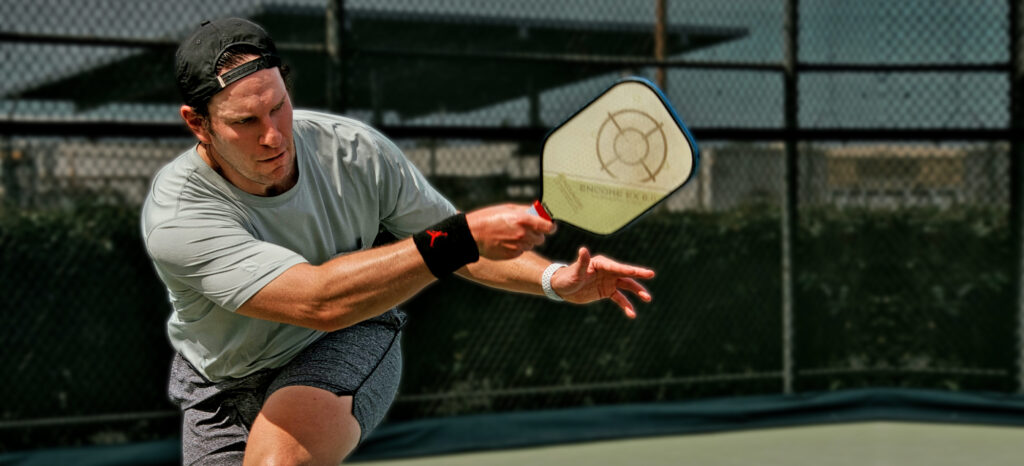
Pickleball has gained tremendous popularity, attracting people of all ages and fitness levels. While this fun and accessible sport offers numerous health benefits, it’s important to be aware of the potential for injuries. At DOC Pain, we believe in promoting safe and active lifestyles. We will discuss common pickleball injuries, prevention strategies, and effective pain management techniques to keep you on the court and enjoying the game.
Understanding Common Pickleball Injuries:
• Sprains and Strains: Ankle sprains, wrist strains, and muscle sprains are among the most common injuries in pickleball. These typically occur due to sudden movements, quick changes in direction, or inadequate warm-up exercises.
• Tennis Elbow (Lateral Epicondylitis): Similar to its tennis counterpart, pickleball players may experience pain and inflammation in the outer part of the elbow due to repetitive arm motions.
• Shoulder Injuries: Overhead shots and improper technique can lead to shoulder injuries, such as rotator cuff strains or tendinitis.
• Knee Injuries: The repetitive nature of pickleball can put stress on the knees, leading to conditions like patellar tendonitis or meniscus tears.
• Back Pain: Twisting and bending motions during gameplay can contribute to back pain, particularly in individuals with pre-existing spinal conditions.
Prevention Strategies:
• Warm-up and Stretch: Engage in a thorough warm-up routine that includes dynamic stretches to prepare your muscles and joints for physical activity.
• Technique and Form: Take lessons or seek guidance from experienced players to learn proper technique and avoid unnecessary strain on your body.
• Protective Gear: Wear supportive shoes with good traction to prevent slips and falls. Consider using wrist and elbow braces to provide added stability and protection.
• Conditioning and Strength Training: Incorporate exercises that focus on strengthening the muscles involved in pickleball movements, such as lateral lunges, squats, and shoulder exercises.
• Rest and Recovery: Allow your body sufficient time to recover between sessions. Listen to your body’s signals and avoid overexertion.
Effective Pain Management Techniques:
• RICE Method: Rest, Ice, Compression, and Elevation can help alleviate acute pain and reduce swelling after an injury.
• Physical Therapy: Seek guidance from a physical therapist who can develop a personalized rehabilitation program to address specific injuries and prevent further complications.
• Pain Medication: Over-the-counter pain relievers may provide temporary relief for mild to moderate pain. However, consult with a healthcare professional before using any medication.
• Heat Therapy: Applying heat through warm towels or heat packs can help relax muscles and relieve muscle soreness.
• Interventional Pain Management: In cases of chronic pain conditions or severe injuries, we can recommend minimally invasive procedures like injections or nerve blocks to provide targeted pain relief.
Pickleball is an enjoyable and inclusive sport that can provide a wealth of physical and social benefits. By understanding common injuries and implementing preventive measures, you can minimize the risk of getting injured while enjoying the game. However, accidents can happen, and effective pain management techniques can help you recover and get back on the court quickly. Remember to listen to your body, seek professional advice when needed, and prioritize safety and well-being while engaging in this exciting sport. Stay active, stay safe, and keep enjoying the game of pickleball!


